Westfront 1918
7.6 /10 1 Votes7.6
Director G. W. Pabst Music director Alexander Laszlo | 7.6/10 IMDb Genre Drama, Romance, War Duration Language German | |||||||||||||||||||||||||||||||||
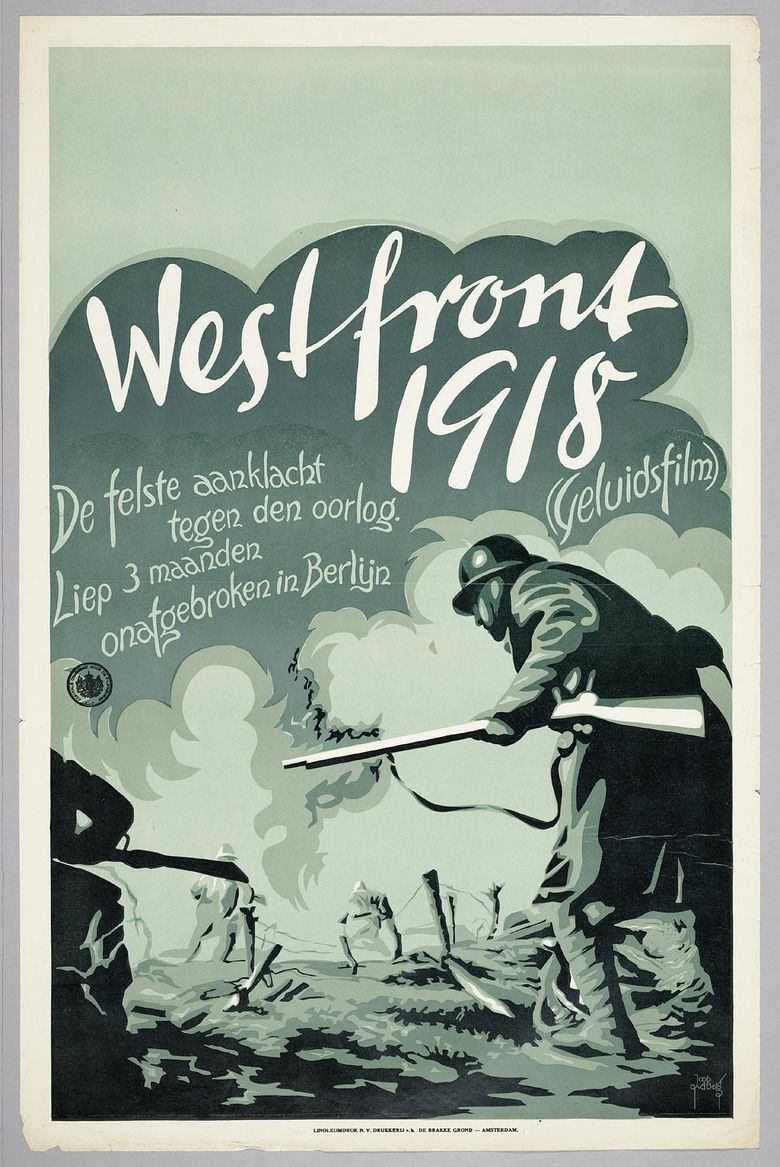 | ||||||||||||||||||||||||||||||||||
Release date 1930 Cast (Der Bayer), (Karl), Hans-Joachim Moebis (Der Student), (Der Leutnant), Gustav Püttjer (Der Hamburger), (Schlachtergeselle)Similar movies All Quiet on the Western Front (1930), Joyeux Noel (2005), The Grand Illusion (1937), Paths of Glory (1957), King & Country (1964) | ||||||||||||||||||||||||||||||||||
Westfront 1918 is a German film, set mostly in the trenches of the Western Front during World War I. It was directed in 1930 by Georg Wilhelm Pabst, from the novel Vier von der Infanterie by Ernst Johannsen, and deals with the impact of the war on a group of infantrymen. It featured an ensemble cast led by screen veterans Fritz Kampers and Gustav Diessl; Diessl had been a prisoner of war for a year during the war.
Contents
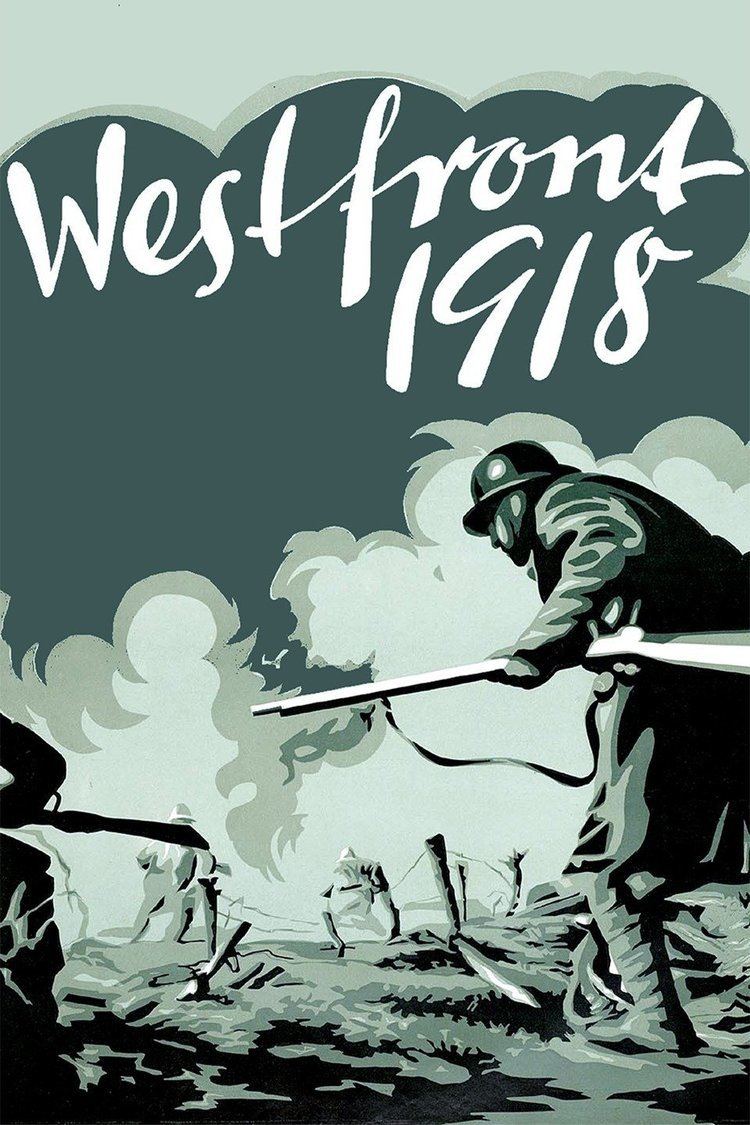
The film bears resemblance to its close contemporary, the All Quiet on the Western Front (1930), an American production, although it has a bleaker tone consistent with Pabst's New Objectivity work through the late 1920s. It was particularly pioneering in its early use of sound—it was Pabst's first "talkie"—in that Pabst managed to record live audio during complex tracking shots through the trenches.
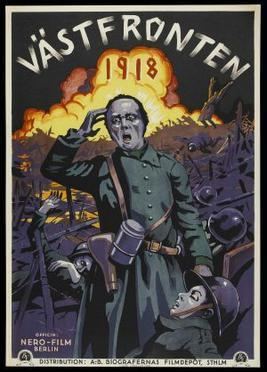
Westfront 1918 was a critical success when it was released, although it was often shown in truncated form. With the rise of National Socialism, the film quickly became considered by the German authorities as unsuitable for the people, notably for its obvious pacifism, and for its clear denunciation of war. This was an attitude that propaganda minister Joseph Goebbels would soon label as "cowardly defeatism".
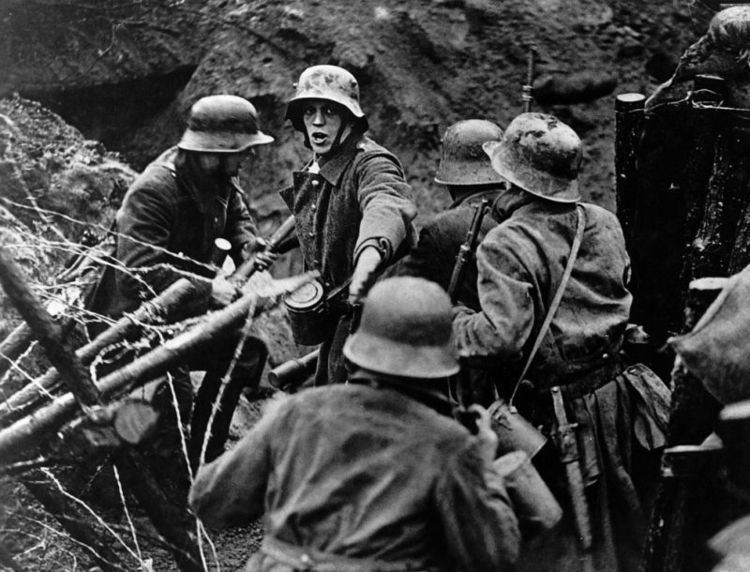
Some shots from the film were used for scene-setting purposes in a 1937 BBC Television adaptation of the play Journey's End.
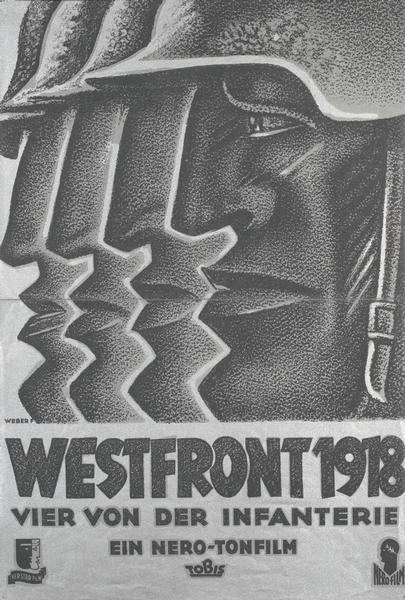
Battle scene from westfront 1918
Plot
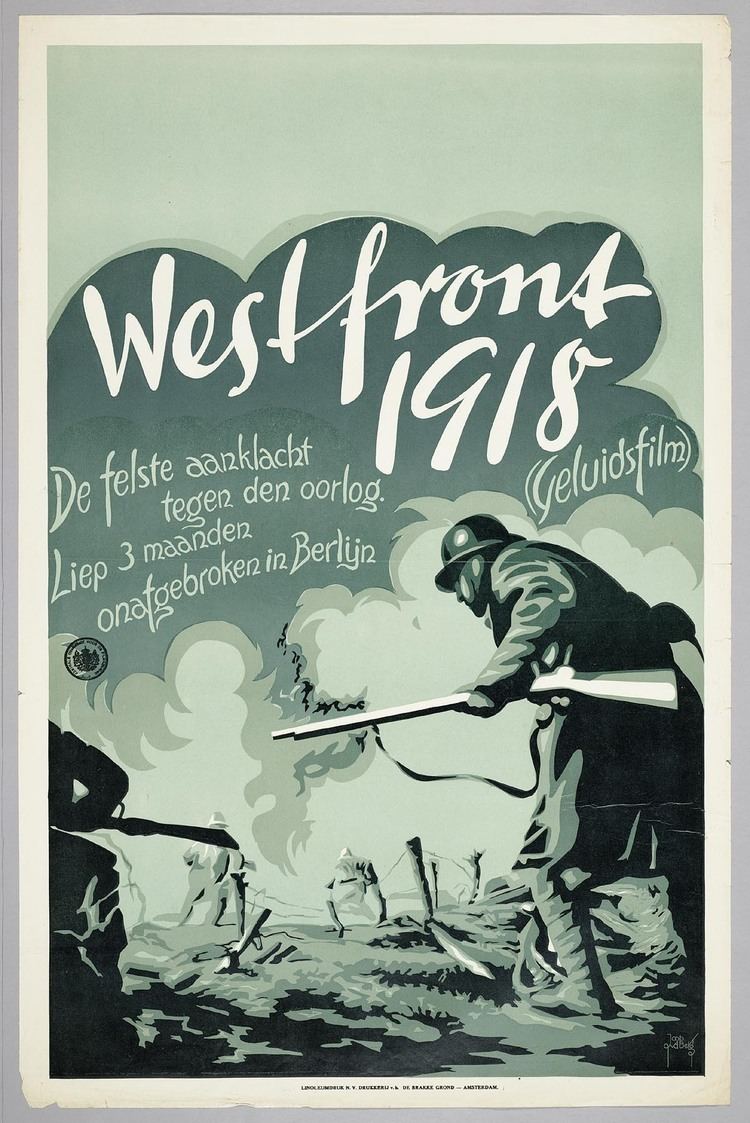
France 1918. In the last months of World War I, four infantrymen— The Bavarian, a young man known as 'the student' (Der Student), Karl and the lieutenant—spend a few rest-days behind the Front. Here, the student falls in love with the French peasant girl Yvette. Back at the Front, the four suffer again the everyday hardships of war, dirt trenches and danger of death. The Bavarian, Karl and the lieutenant become trapped when part of the trench collapses in, and the student digs them out. Later they are mistakenly fired upon by their own artillery due to a misjudgement of distance, and again they are saved by the student, who as a messenger risked his life to relay instructions to the soldiers setting the firing range of the artillery.
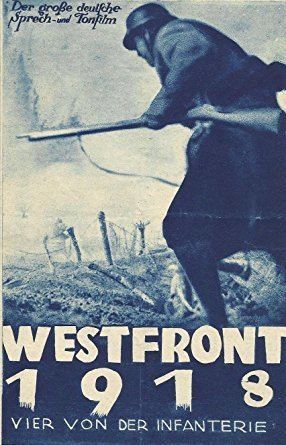
Karl receives leave, returning to his starving home town and promptly catches his wife in bed with a butcher. Embittered and unreconciled, he returns to the front. In his absence, the student was stabbed in the melee. In the mud of a shell-hole is his body, only one hand sticking out. An enemy offensive is announced. Finally, supported by tanks, a large French infantry attack breaks through the thin German lines. During the defence against this onslaught, Karl and Bayer are seriously wounded, covering the remaining members of the group. The lieutenant has a nervous breakdown and falls into insanity. Shouting "Hurrah" non-stop, he salutes a pile of corpses. He is admitted to the field hospital, as well as Karl and the Bavarian. While the lieutenant is being carried though the hospital, many injured soldiers can be seen. In a fever Karl sees his wife again and dies with the words "We are all to blame!". He is covered up, but his hand is hanging out the side. A wounded Frenchman lying beside him takes the hand in his and says "comrades, not enemies". The final message "End" is displayed with a question mark.
Background
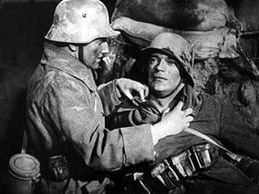
Stylistically, the film achieves a surprisingly high degree of realism, especially in the trench and battle scenes. The monotony of dying reinforces the oppressive feeling of authenticity. In addition, there are "small" silent scenes, such as when the student almost incidentally observes grave markers being made in a range of carpentry on the assembly line, or when Karl's mother is reluctant to leave their place in the food queue when they again see her son.
But Pabst wanted more than just "Realism" : "I a realist? From my very first movie I have chosen realistic themes, but with the intention resolutely to be a stylist. ... Realism must be a trampoline from which you jump higher and higher; in itself it has no value. The point is to overcome reality. Realism is a means, not an end." (Quoted in : Tape Man / Hembus, p. 21). So it is not through the combat scenes, but the individual stories of four soldiers that Pabst illustrates pacifist sentiment: belief in the power of the international solidarity of ordinary people.
After the Nazis had seized power in 1933, the film was banned because it was considered "a very one-sided and therefore false representation of war" that would jeopardize "the vital interest of the state to affirm, maintain and strengthen the military will of the people" (text of the prohibition application at the German Film Institute).
Cast
Reviews
Literature
References
Westfront 1918 WikipediaWestfront 1918 IMDb Westfront 1918 themoviedb.org
